Asking Questions in English
Asking Questions in English
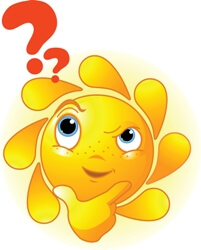 In this lesson, you will learn about asking questions in English.
In this lesson, you will learn about asking questions in English.We ask questions to get information.
There are two types of questions in the English language: direct and indirect.
Direct questions are used to try to get information.
When we write a direct question, we always end the sentence with a question mark ( ? ). The question mark signals to the reader that the sentence is a question.
Examples:
- Where is the bathroom?
- Do you want to drink water?
- When will she be here?
- What is your name?
- Your name is Mike, isn't it?
- How do you open this door?
Indirect questions are also used to try to get information, but are a polite and longer form of direct questions. They are sometimes said as a statement and written with a period instead of a question mark.
Examples:
- Mom wants to know if you are hungry.
- Could you tell me where the bathroom is, please?
- Do you know what her name is?
- I was wondering if you knew the population of this city.
- Can you tell me where you live?

Asking questions in English –
direct questions
There are four main categories of direct questions, depending on the kind of answer you expect: Yes/No questions, WH questions, alternative questions and tag questions.1. Yes/No questions
To form a direct questions with a yes or no answer, we use auxiliary verbs, which are also called helping verbs.An auxiliary (or helping) verb is a verb that is used together with another verb to express the action or state.
Main verb + auxiliary verb = complete idea
For example: is + working = is working = the full idea of the verb
Incorrect: Lisa working now.
Correct: Lisa is working now.
In questions, the auxiliary verb is placed before the subject of a sentence.
These are a few common auxiliary verbs:
- have
- has
- can
- is
- was
- does
- do
- did
- are
Auxiliary verb + subject + main verb
Examples:
- Did Sarah sleep?
- Do you cook?
- Was she running?
- Have you seen the dog?

Let's practice making Yes/No questions from these sentences:
- You like chocolate.
- She likes her gift.
- Young children like to swim.
- Richard wants to go to the park.
- It works.
To make these sentences into questions, we need to add the auxiliary verb does or dobefore the subject.
Does is used if the subject is he, she or it. In all other cases, use do.
Examples:
- Do you like chocolate?
- Does she like her gift?
- Do young children like to swim?
- Does Richard want to go to the park?
The subject of this question is Richard. Richard is a he so we use does. - Does it work?
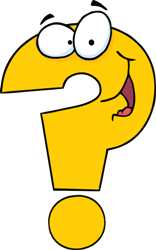
The verb like always goes after the subject of the question. Do not add an 's' to the word like.
Correct: Do you like the chocolate?
Incorrect: Do you likes the chocolate?
Correct: Does she like her gift?
Incorrect: Does she likes her gift?
If the sentence is in past tense form (it already happened), use the auxiliary verb did. Did is the past form of do or does.
The verb like does not change when the question is in past tense form.
Correct: Did you like the chocolate?
Incorrect: Did you liked the chocolate?
Correct: Did she like her gift?
Incorrect: Did she liked her gift?
We can also ask direct questions using the auxiliary verbs can or be.
Let's practice by making questions from the four sentences below using the auxiliary verbs can and be:
- She can read the book.
- The boy can throw the ball.
- She is a good artist.
- Lisa is a great cook.
Examples:
- Can she read the book?
- Can the boy throw the ball?
- Is she a good artist?
- Is Lisa a great cook?
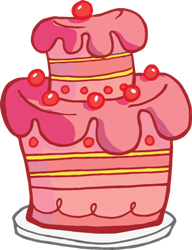
2. WH Questions
WH questions allow a wide range of answers. These types of questions begin with question words such as:- what
- why
- where
- how
- when
- who
- which
Examples:
- Where is the bathroom?
- What is your name?
- Who is the man next to you?
- Why did she leave so early?
- How are you feeling today?
Do not use an auxiliary verb after who, which or what if they are the subject of the sentence.
Examples:
- Who called you?
- Which man is your father?
- What day is the party?

3. Alternative Questions
Alternative questions are another type of direct questions.Alternative questions require an answer chosen from the options given in the question. These types of questions always contain the connecting word or.
Examples:
- Do you like the ocean or the mountains?
- Will you be driving your car or riding the bus?
- Would you like to eat pizza or hamburgers?
- Did you buy the blue ball or the red ball?
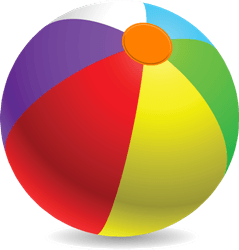
4. Tag Questions
A tag question is a statement followed by a short question. Tag questions are very common in the English language and are used to ask if you agree with the statement.Tag questions are written in this form:
statement + tag + ?
Examples:
- You like hamburgers, don't you?
- She has brown hair, doesn't she?
- Her name is Rose, isn't it?
- This is a pig, right?
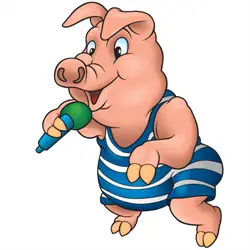
Asking questions in English –
indirect questions
Indirect questions are also used to try to get information. However, we use indirect questions if we want to ask a more personal or formal question.Indirect questions are more polite than direct questions.
Indirect questions can start with introductory phrases such as these:
- Can you tell me . . .
- Could you tell me . . .
- I would be interested to hear . . .
- I would like to know . . .
- Would you mind telling me . . .
- I wonder . . .
Introductory phrase + question word
(WH word, about or if) + positive sentence
You do not need to use an auxiliary verb.
Examples: (Direct => Indirect)
Correct: Where is the bathroom? => Can you tell me where the bathroom is located?
Incorrect: Can you tell me where is the bathroom located?
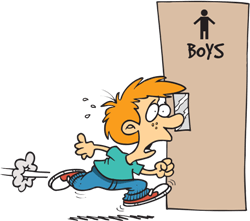

Correct: When does the next bus arrive? =>Do you know when the next bus arrives?
Incorrect: Do you know when does the next bus arrives?

Correct: What is his name? => Would you mind telling me his name?
Incorrect: Would you mind telling me do you know his name?

Indirect questions can also be said in the form of a statement. These types of indirect questions are used to try to get information and end with a period.
Examples: (Direct => Indirect)
- Do you like chocolate? => I would like to know if you like chocolate.
- What do you like about your job? => I wonder if you could tell me what you like about your job.
- Where is your home? => I can't remember the address of your home.
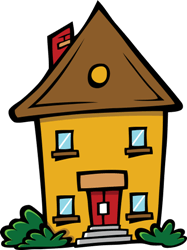

Comments
Post a Comment